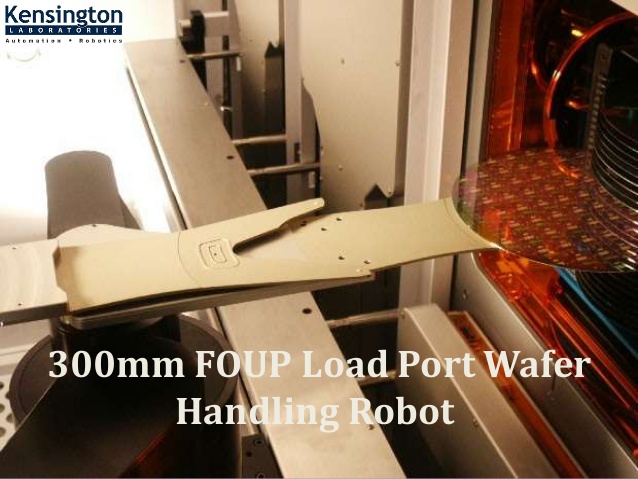Industrial Robots: Types & Applications!
Since the introduction of industrial robots to the manufacturing landscape, they have revolutionized the industrial workplace across industries. Incredibly, the market for industrial robots is expanding. Consequently, the need for wafer automation solutions also increases. The following are the specific duties that conventional industrial robots are made to carry out:
Applications of Industrial Robots
Spot Welding
By passing a powerful current across the area, which melts the metal and quickly creates the weld, spot welding unites two touching metal surfaces.
Arc Welding
In the 1980s, robot welding or arc welding gained widespread use. To reduce the risk of arc, burn, and harmful fume inhalation for workers, robot welding is becoming more popular.
Mechanical Cutting, Grinding, Deburring & Polishing
Robots with dexterity can automate manufacturing tasks that are typically exceedingly challenging. The creation of orthopedic implants like knee and hip joints illustrates this. While hand buffing and hip joint polishing usually require 45 to 90 minutes, a robot can fulfill the task in minutes.
Picking, Packing, and Palletizing
Most products are managed several times before being transported. Robotic picking and packaging improve efficiency and accuracy while cutting expenses.
Materials Handling
Robots for material handling are utilized to move, pack, and pick things. They can also automate procedures related to moving parts from one piece of equipment to another. Direct labor costs are decreased, and many of the laborious and dangerous tasks that humans previously did are eliminated.
Types of Industrial Robots
There are more than five types of industrial robots in the market, but their mechanical structure can bifurcate the most common.
Delta Robots
These spider-like robots are heavily utilized for manufacturing in the food, pharmaceutical, and electronic industries and are connected via a common base. Due to its accuracy at high speed, the delta robot is typically used for quick pick-and-place applications.
SCARA Robots
Selective Compliance Articulated Robot Arm (SCARA) has two parallel rotary joints that deliver compliance in a plane. The SCARA robot excels at lateral motions and is frequently employed in assembly applications.
Cylindrical Robots
This tiny robot, thought to be well suited for confined locations, has at least one rotary joint for rotating motion and a prismatic joint for linear mobility. Simple assembly, die casting, and machine loading and unloading are typical applications for cylindrical robots.
Articulated Robot
A twisting joint connects articulated robots to the base and can have two to ten joints. They are frequently employed in packing, painting, metal casting, and other industrial applications because they resemble human arms.
Cartesian Robots
These move up and down, in and out, and side to side using three sliding joints because they operate on three linear axes using the Cartesian Coordinate System (X, Y, and Z). The most popular industrial robot is the cartesian robot, frequently utilized with CNC machines or 3D printers. If you need wafer cassette mapping, look no further than Kensington Laboratories.
Future of Industrial Robots
Traditionally, they were the most typical uses and types of industrial robots, however, modern robots are less connected with their mechanical aspect. They are data collectors. Robots from earlier generations had to be kept apart in their universe, but now they may be incorporated into the workforce.



Comments
Post a Comment